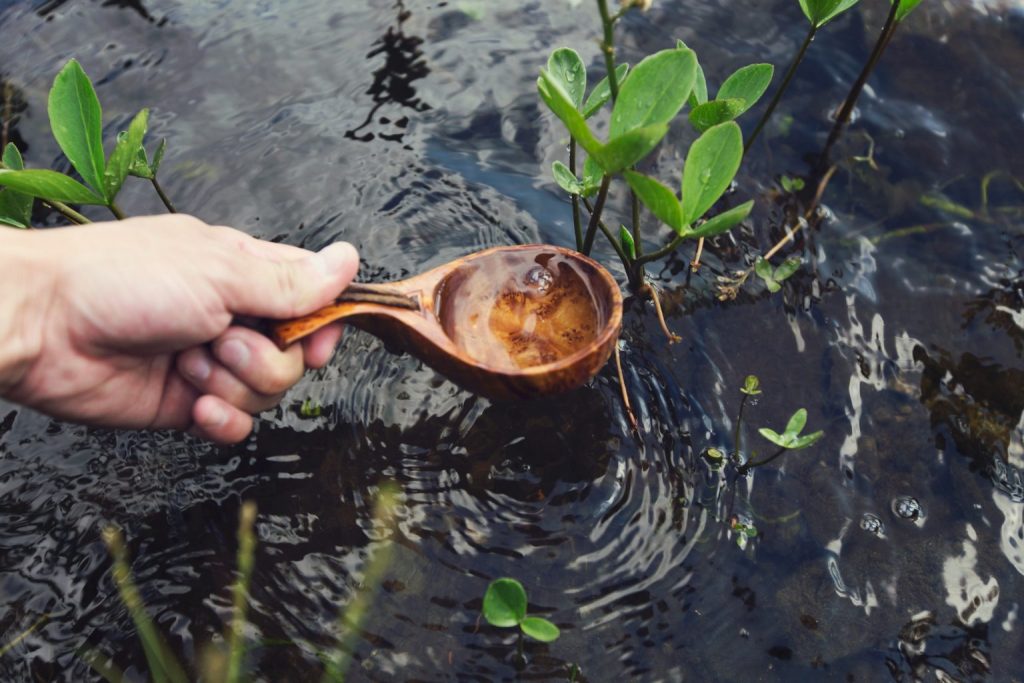Water treatment is the process of removing contaminants and impurities from water to make it safe and suitable for various purposes, including drinking, industrial processes, irrigation, and environmental conservation. It plays a crucial role in ensuring access to clean and safe water for communities and industries. The specific methods and technologies used in water treatment can vary depending on the source and intended use of the water, but the primary goal is to produce water that meets specific quality standards.

Here are some common steps and processes involved in water treatment:
Coagulation and Flocculation: This process involves adding chemicals, such as alum or ferric sulfate, to water to create the aggregation of particles. These particles then form larger clumps called flocs, which are easier to remove in subsequent treatment steps.
Sedimentation: In this step, the water is allowed to sit in a large tank, allowing the flocs to settle to the bottom due to gravity. The clear water on top can then be separated from the settled solids.
Filtration: After sedimentation, the water passes through various filters, such as sand, gravel, or activated carbon, to remove remaining suspended particles, bacteria, and other impurities.
Disinfection: To kill or inactivate harmful microorganisms like bacteria and viruses, water is typically treated with disinfectants. Common disinfection methods include chlorination, ultraviolet (UV) irradiation, and ozonation.
pH Adjustment: Adjusting the pH of the water is often necessary to ensure it meets regulatory standards and is safe for consumption. This is done by adding chemicals like lime or soda ash to raise the pH or acids to lower it.
Desalination: In areas with high salinity or where freshwater is scarce, desalination processes like reverse osmosis or distillation may be employed to remove salt and other dissolved solids from water.
Softening: In some cases, water is treated to remove excess minerals like calcium and magnesium, which can cause hardness. Water softening is typically done using ion-exchange resins or lime softening.
Advanced Treatment: Depending on the specific requirements, advanced treatment processes like activated carbon adsorption, membrane filtration, and advanced oxidation processes (AOPs) may be employed to remove specific contaminants, such as organic compounds or trace pollutants.
Distribution: Once treated, the water is transported through a network of pipes to homes, businesses, and other users.
Monitoring and Testing: Regular monitoring and testing of water quality are essential to ensure that it meets regulatory standards and is safe for consumption.

Water treatment is a critical aspect of public health and environmental protection. It helps prevent waterborne diseases, ensures a reliable supply of safe drinking water, and protects aquatic ecosystems by minimizing the release of harmful pollutants. The specific treatment processes and technologies used can vary widely depending on local water sources, contaminants, and regulations.